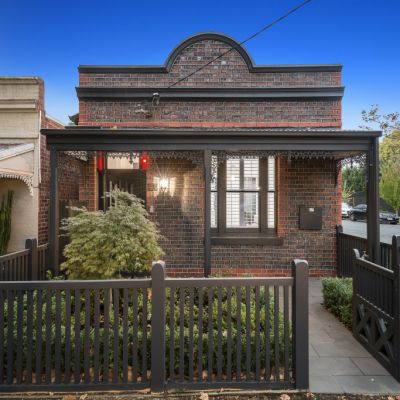The Design Files: Inside the perfectly preserved home of interior designer Linda Habak
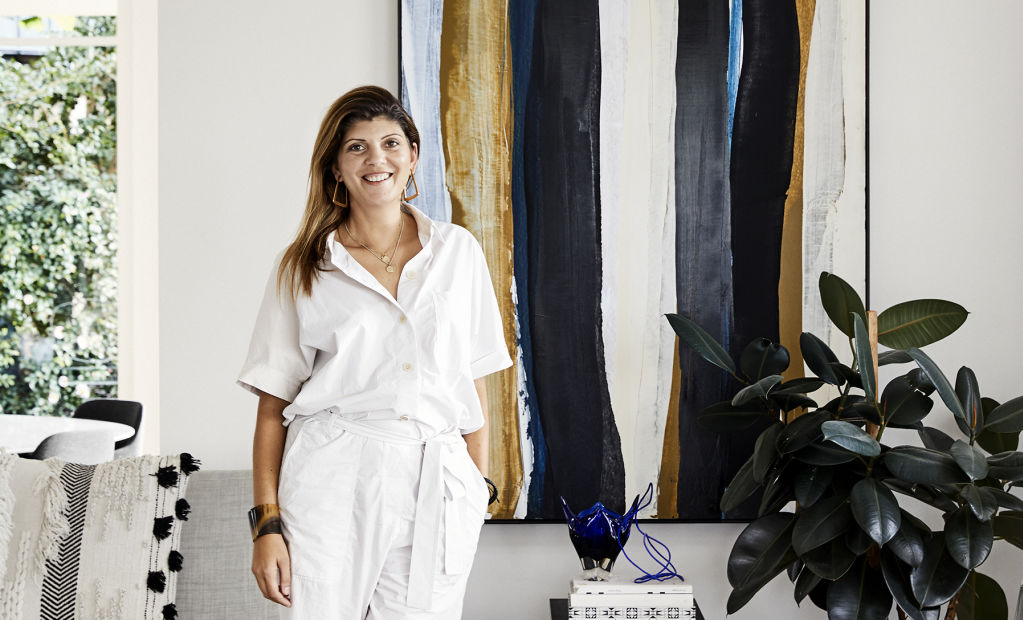
Who: Interior designer Linda Habak
What: A restored and renovated 1881 sandstone cottage shared by Habak, her husband and three children
Where: Hunters Hill, Sydney
The sandstone home of Linda Habak and her husband Jason had a long history before the couple took ownership eight years ago.
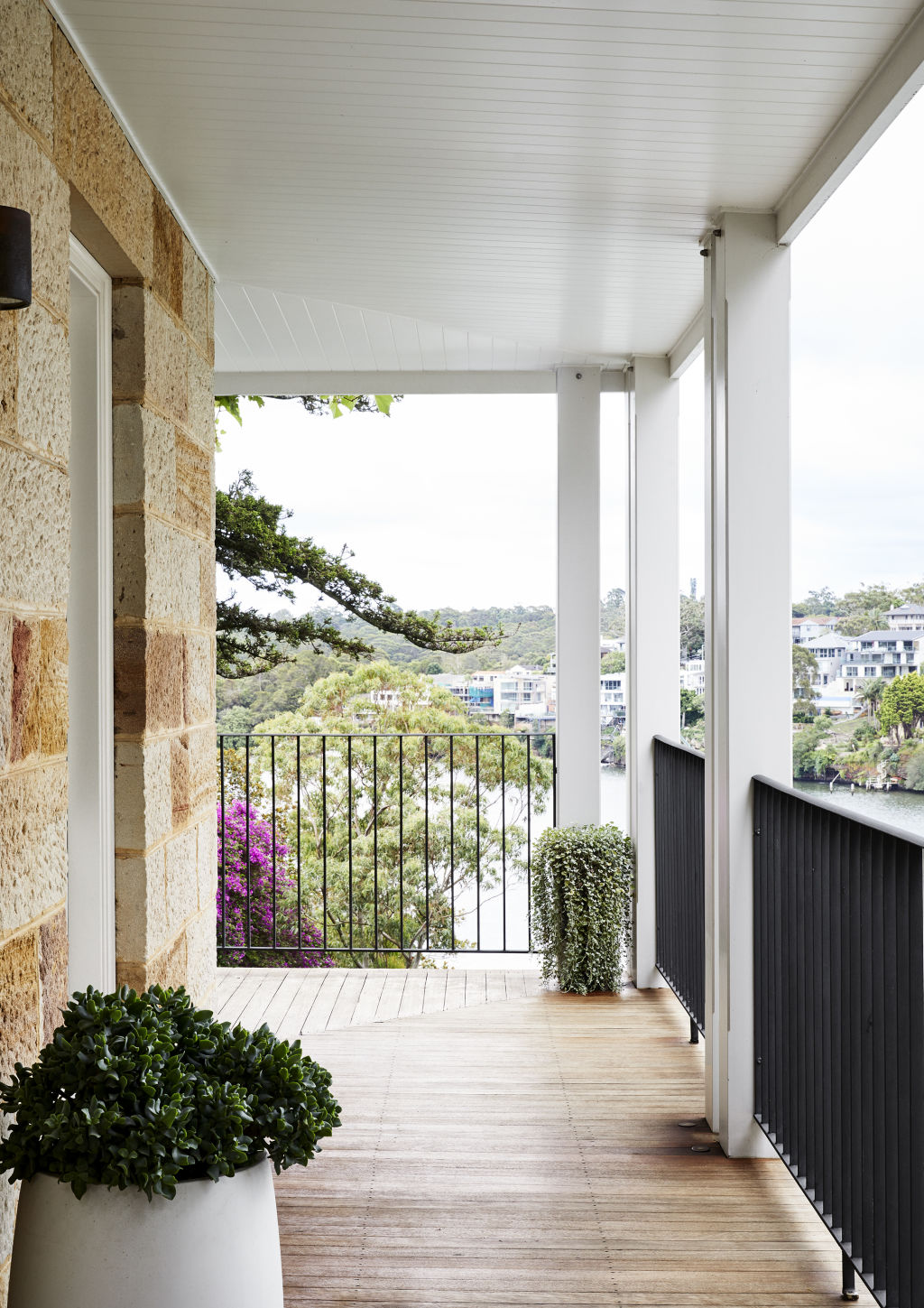
Originally built in 1881, the house named Rosebriar was moved from its original site at 20 Church Street, Hunters Hill in the 1970s.
“The cottage was dismantled and faithfully re-erected in 1970 by David Abotomy, a renowned restorer of historic buildings. He saved the cottage from being destroyed and relocated and restored the house for his mother on land he owned,” Habak says.

“It sounds very ‘woo woo’, but I feel like this house found me. I feel like I was called to preserve and enhance the beauty of the original cottage.
“I feel like I was called to be the custodian of this property.”
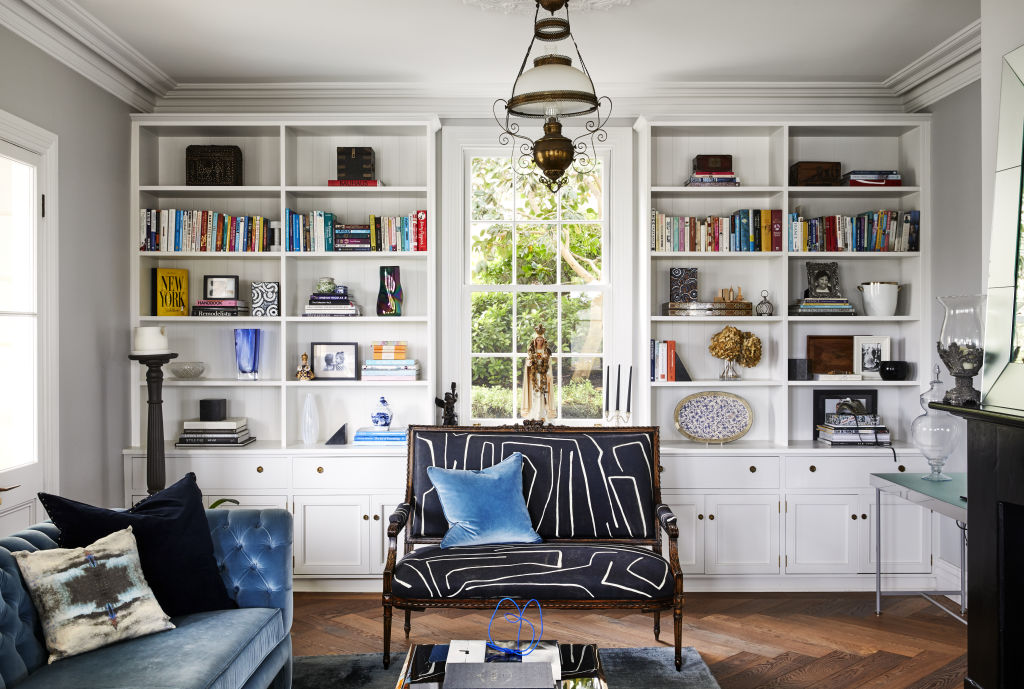
The family’s aim was to transform the existing cottage into a generous villa, designed alongside Hugh Campbell from Campbell Architecture, in a manner that celebrated its origins.
“The original brief to our architect Hugh was that we wanted to preserve the way the cottage felt, and didn’t want to lose its essence post the expansion and addition,” Habak says.

The original cottage is now used entirely as a living space, with a discrete contemporary addition below. This new element expands the home’s accommodation, creating an expansive terrace in the treetops for entertaining and appreciating the river views.
An interior palette of natural materials and muted colours sets a calm and sophisticated mood, and was developed by Habak, who is an interior designer.
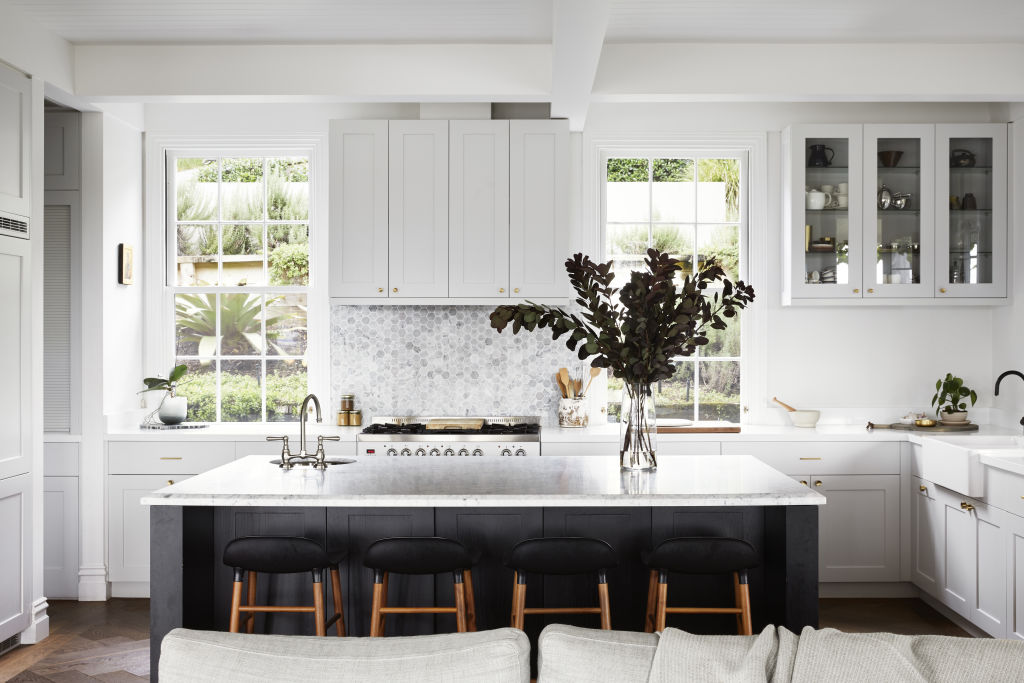
“It feels like a treehouse with such a beautiful aspect and views over Lane Cove River,” she says.
“North-west sun floods through the whole house and into every room.”
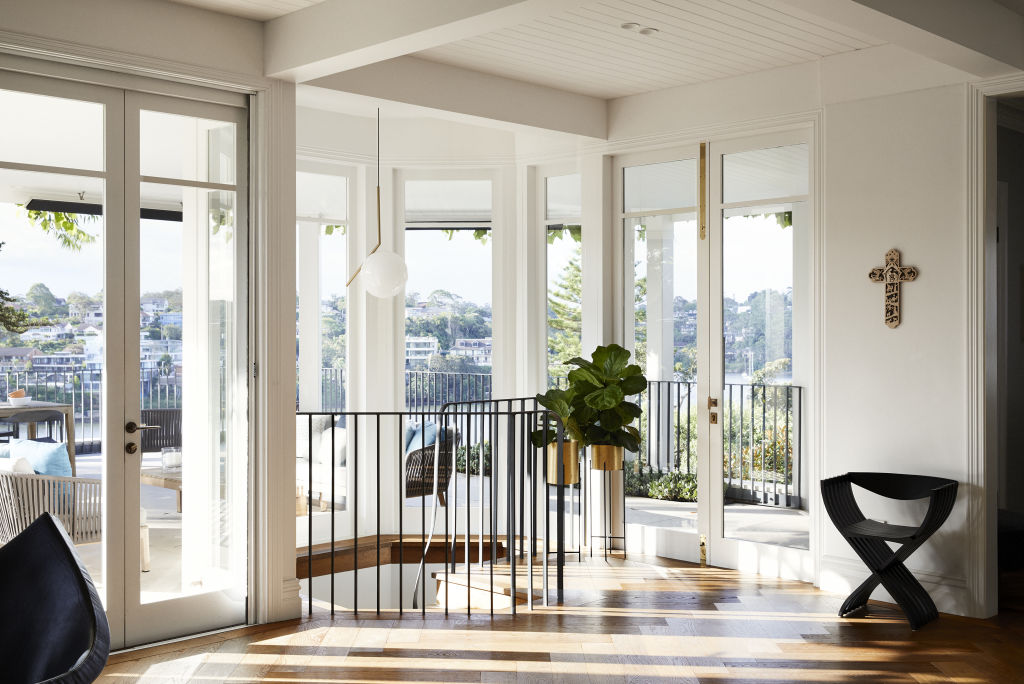
When people arrive at this home, they are naturally struck by the water views, but the interiors are equally impressive.
“Everyone says that it feels so refined and beautiful with the interesting art, objects, rugs and furniture, but it’s also very welcoming and comfortable,” Habak says. “I like to call it ‘approachable luxury’.”
How to choose the right white paint
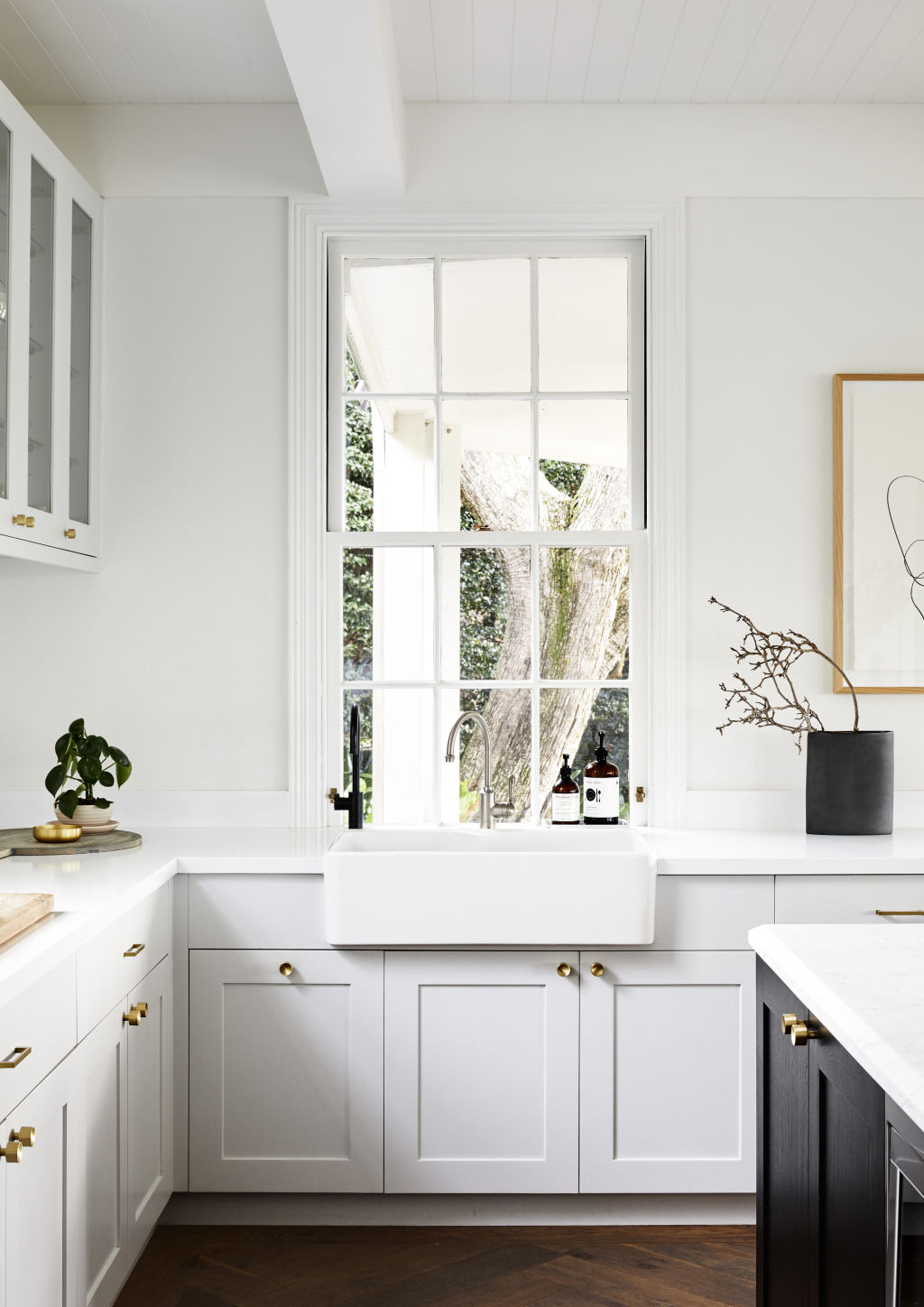
Painting your house white sounds simple enough … but not all shades are created equal. There are a multitude of white paints to choose from, and you’d be surprised how even a subtle difference can change the mood of a room.
- The key consideration when choosing a white paint is the undertones. Generally speaking, whites will have either warm (yellow) or cool (blue) undertones. Your choice will come down to personal preference, availability of natural light, and the style of your home.
- A crisp white with a cool undertone tends to pair well with concrete, steel and stone. In modern, architectural spaces, this is a great choice.
- In heritage homes with character, consider a white with a yellow or beige undertone which pairs well with period features and textural, natural materials such as timber.
- If your home lacks natural light, a white with a yellow or cream undertone is a good choice, to add warmth and a subtle, sunshine feeling to the space.
- It’s not just about the colour of the paint though, it is also about the way it reflects light. So, after narrowing your choice down, always use sample pots to try the colours out at home, paying attention to the way each white responds to the light at different times of day.
We recommend
We thought you might like
States
Capital Cities
Capital Cities - Rentals
Popular Areas
Allhomes
More


